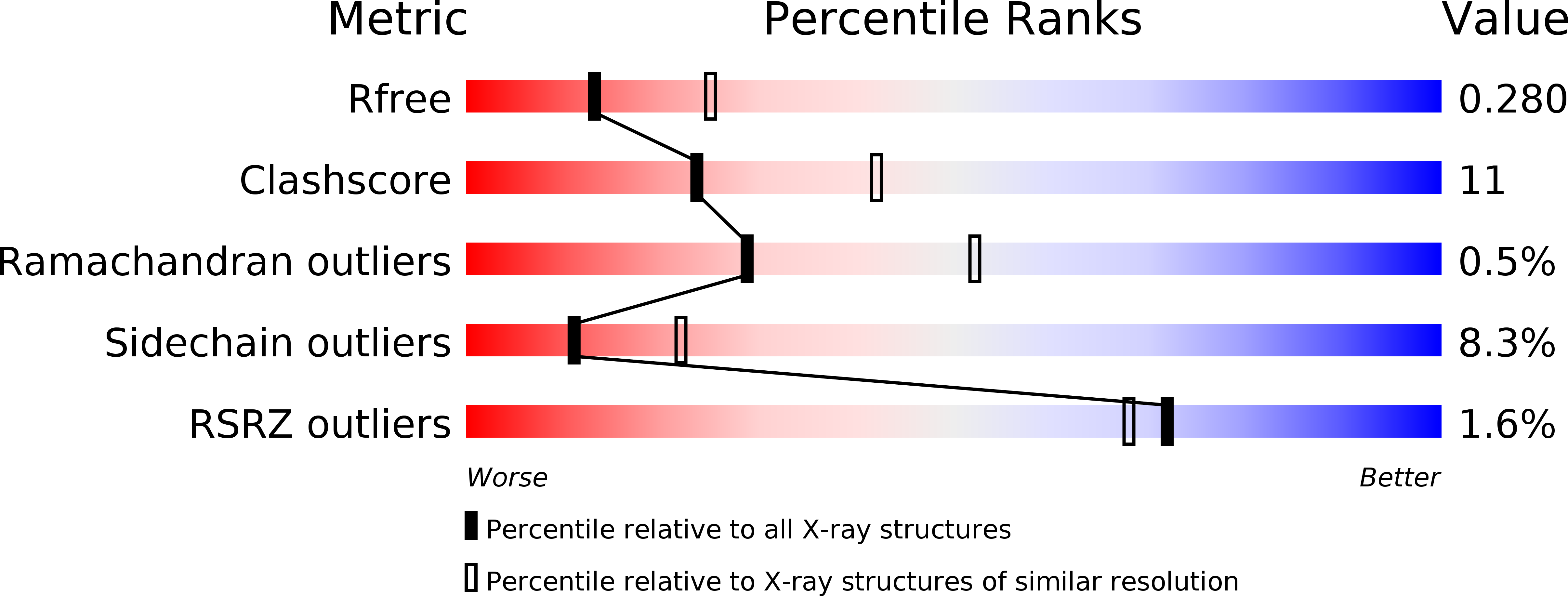
Deposition Date
2014-01-10
Release Date
2014-06-04
Last Version Date
2024-11-20
Entry Detail
Biological Source:
Source Organism:
Canis lupus familiaris (Taxon ID: 9615)
Host Organism:
Method Details:
Experimental Method:
Resolution:
2.60 Å
R-Value Free:
0.28
R-Value Work:
0.23
R-Value Observed:
0.23
Space Group:
P 21 21 21


